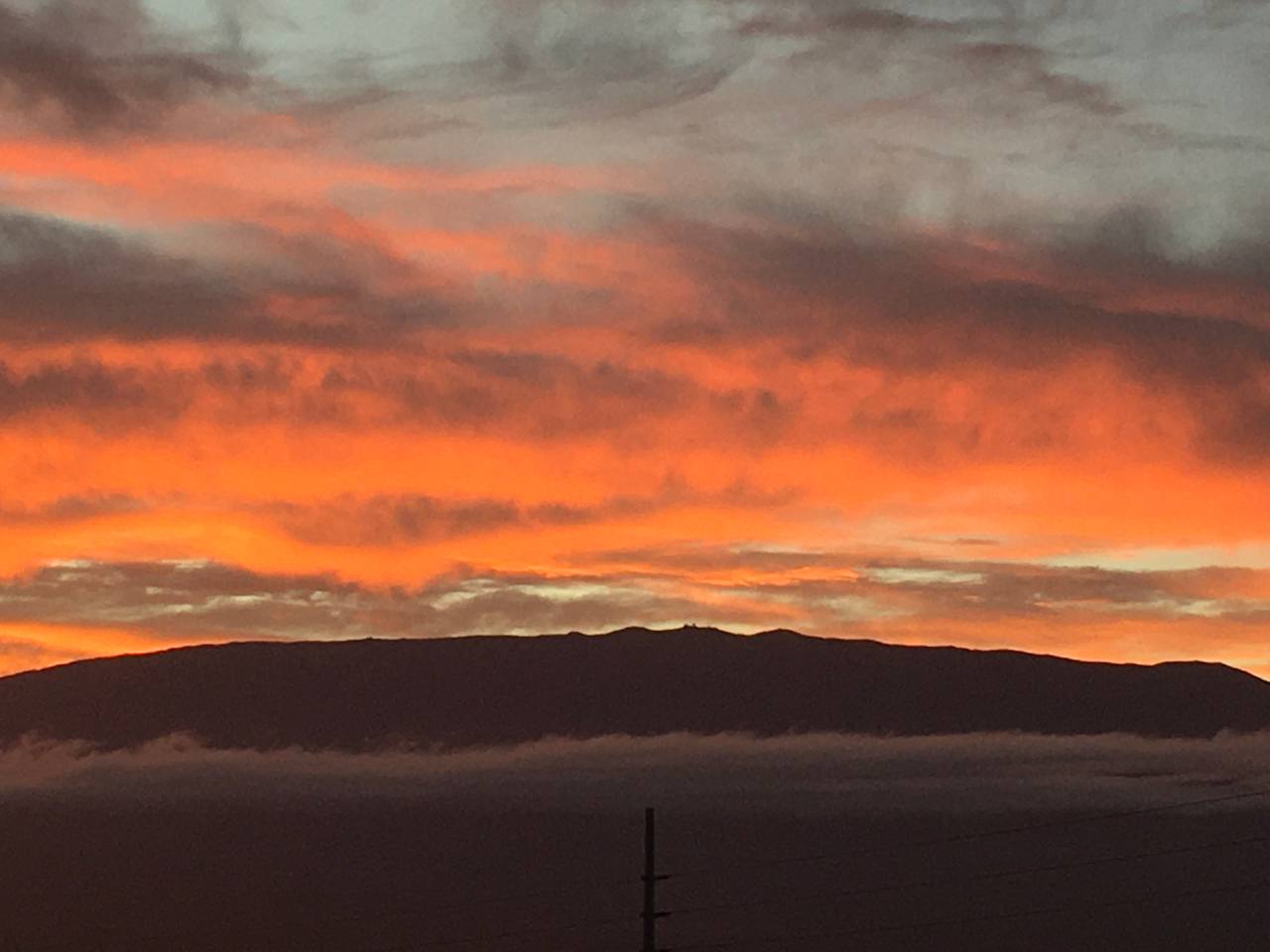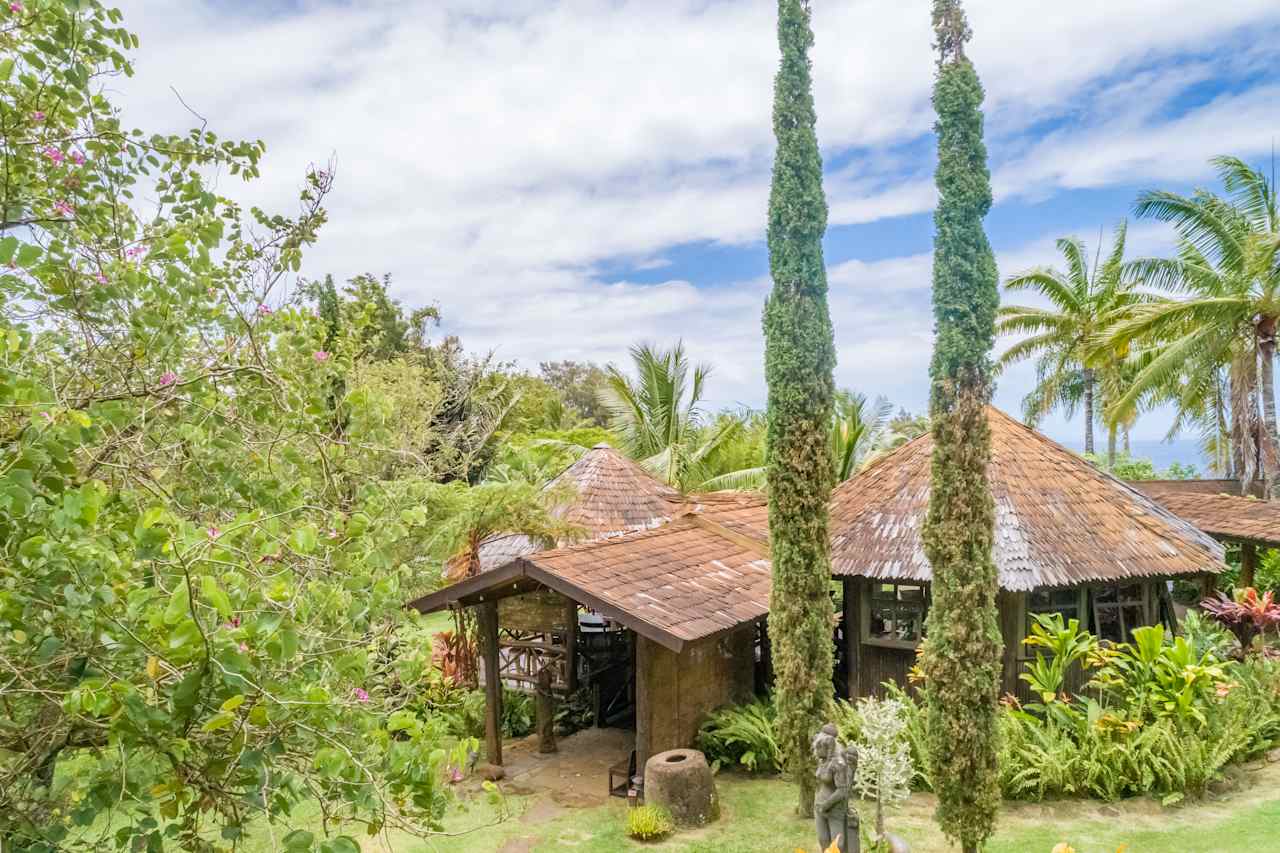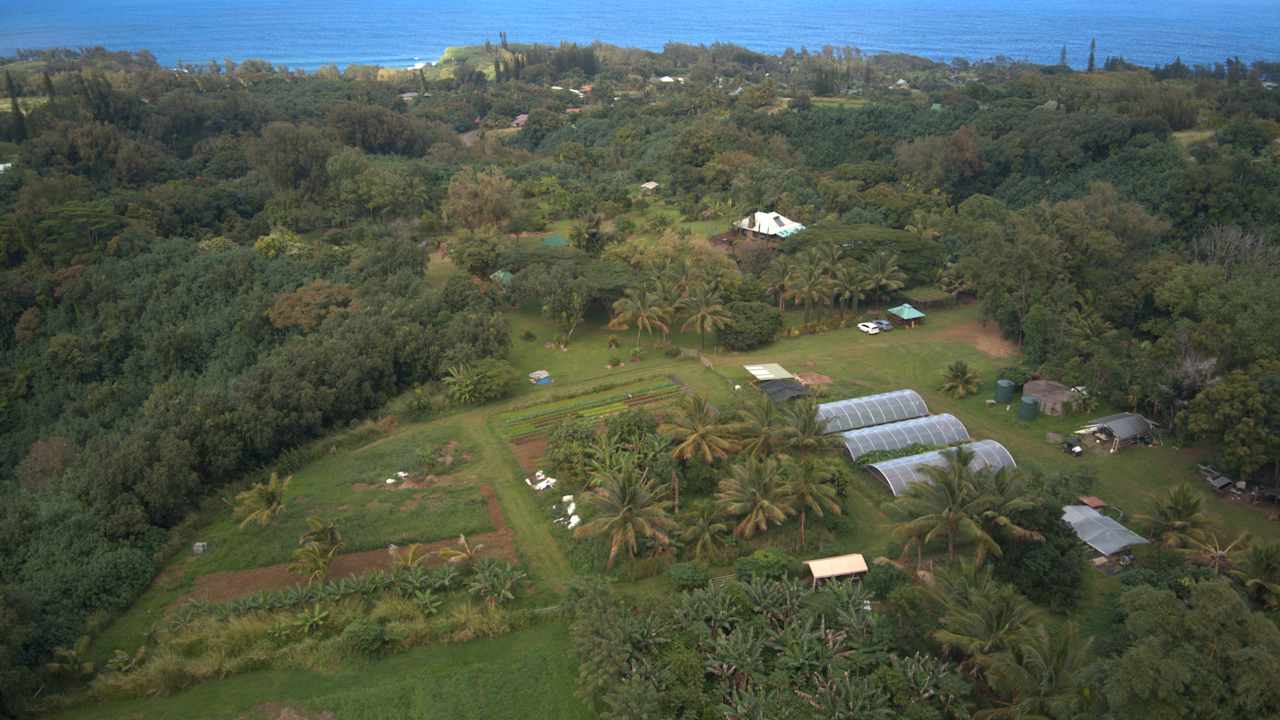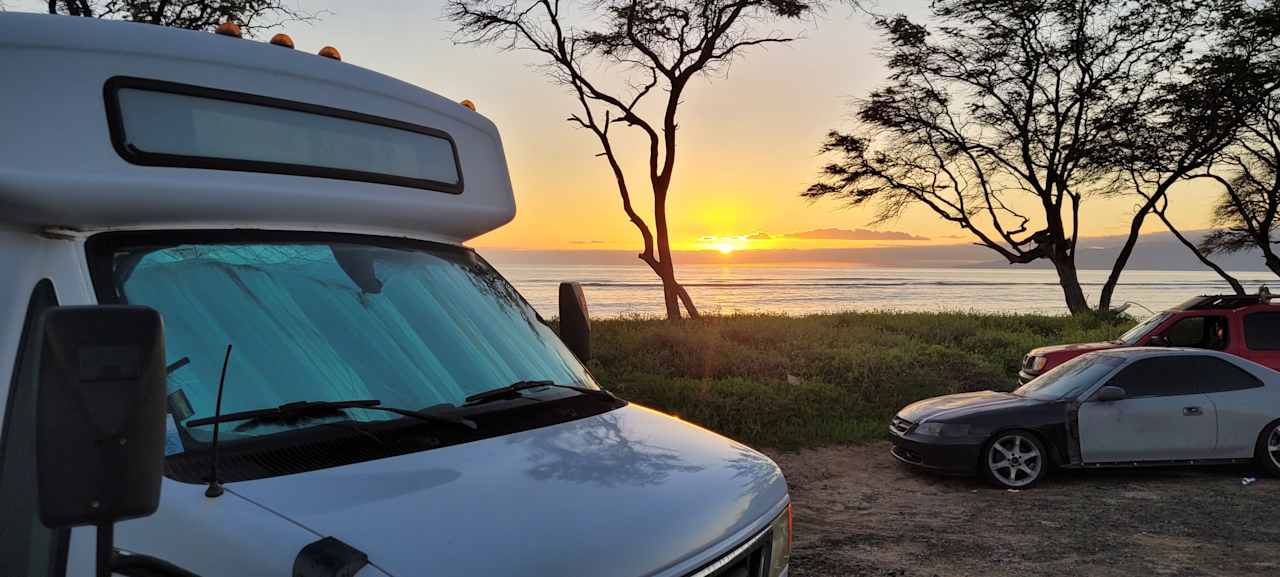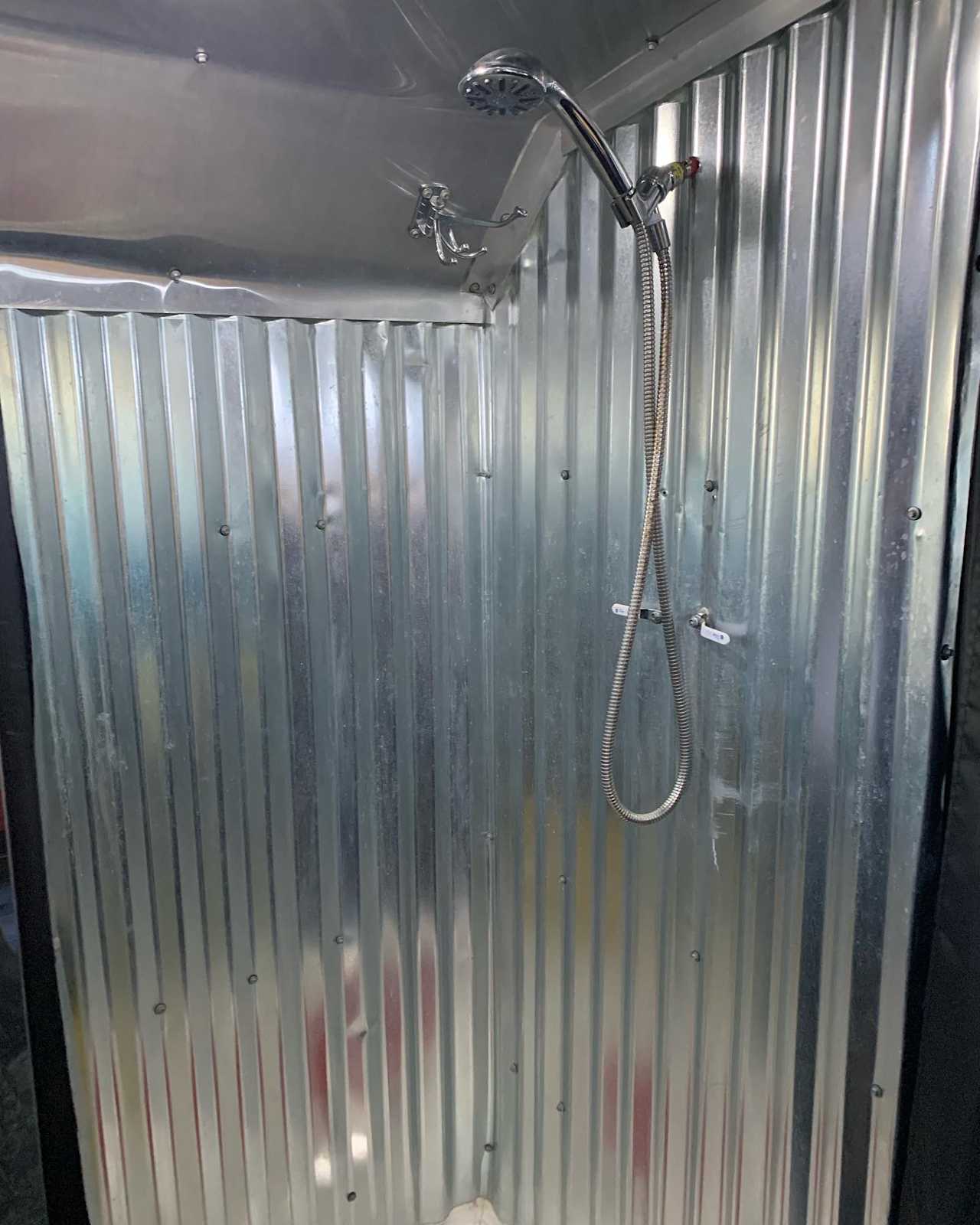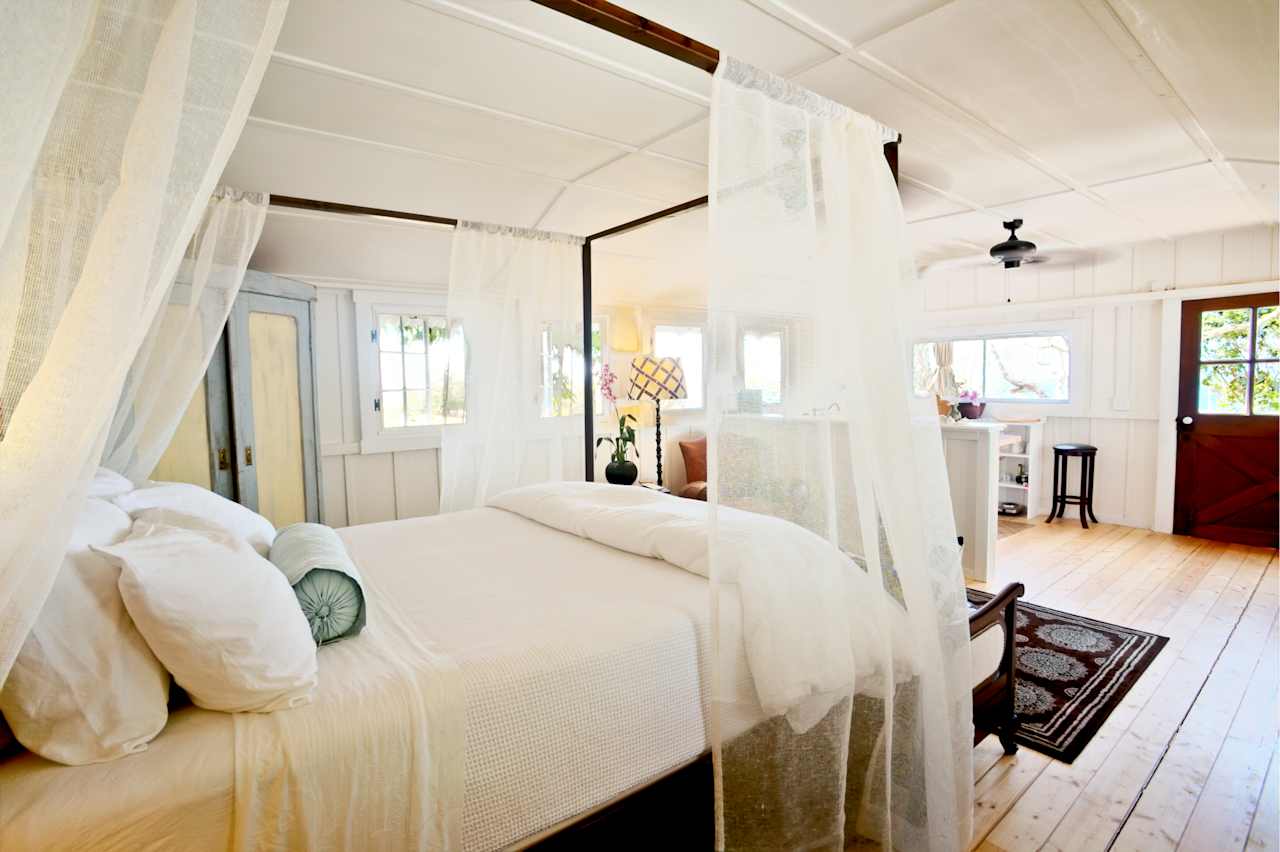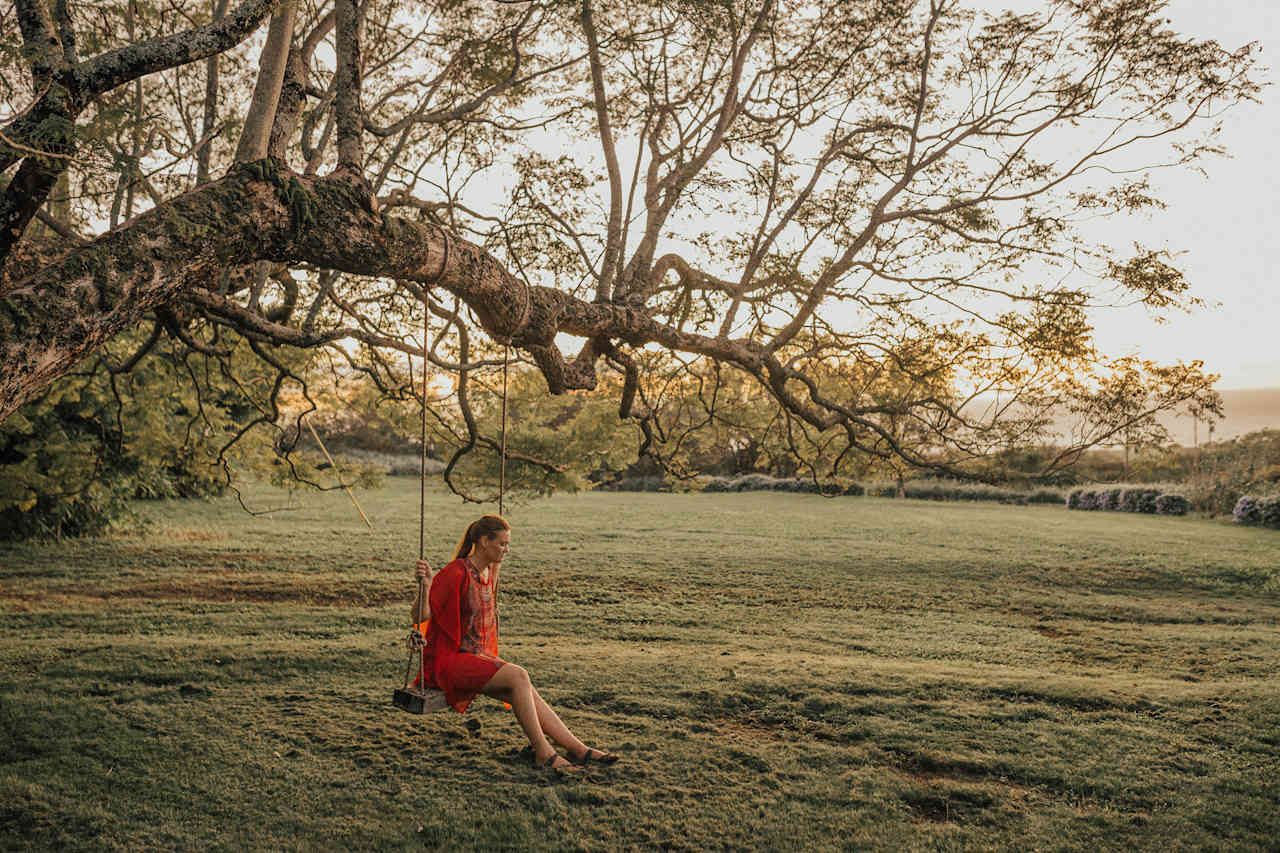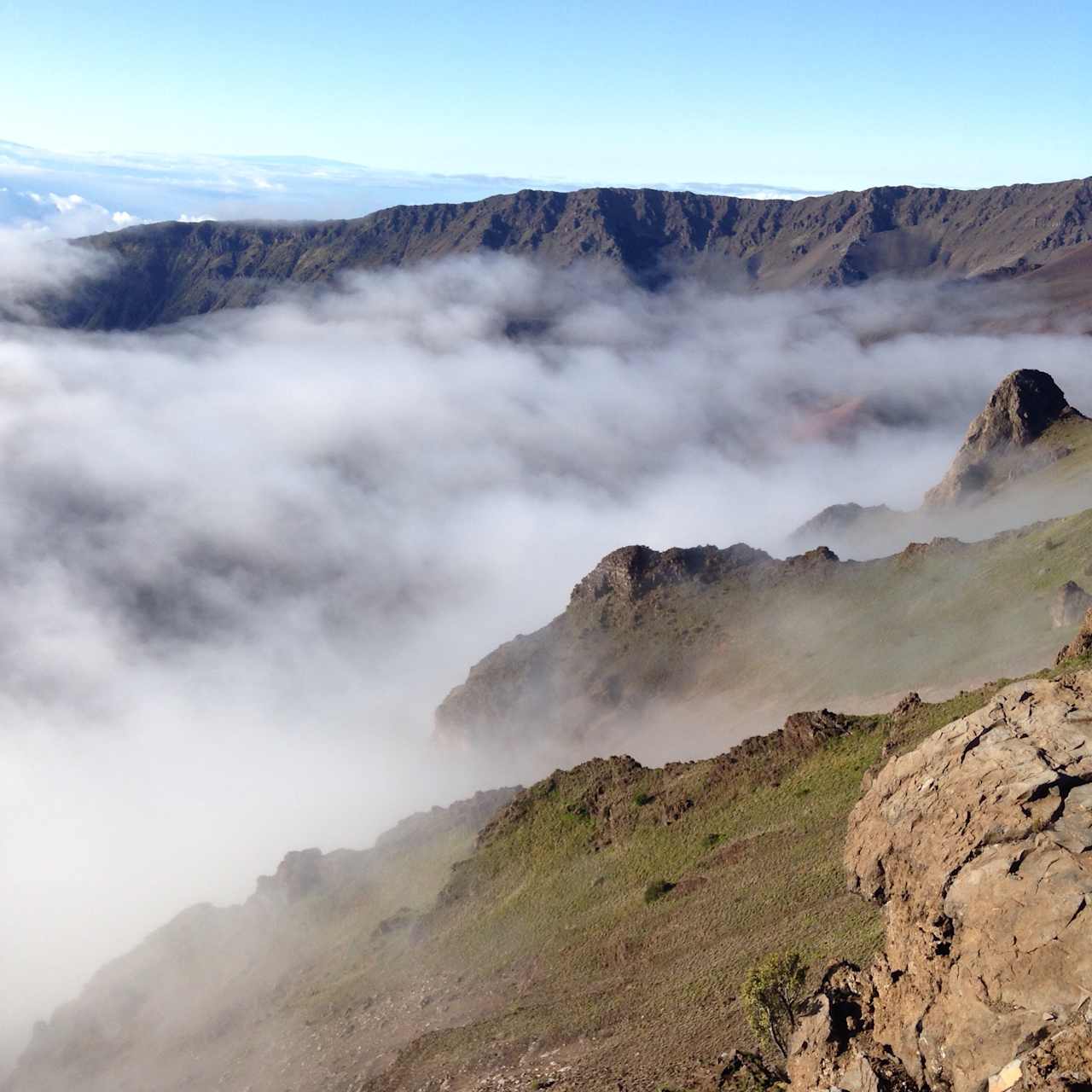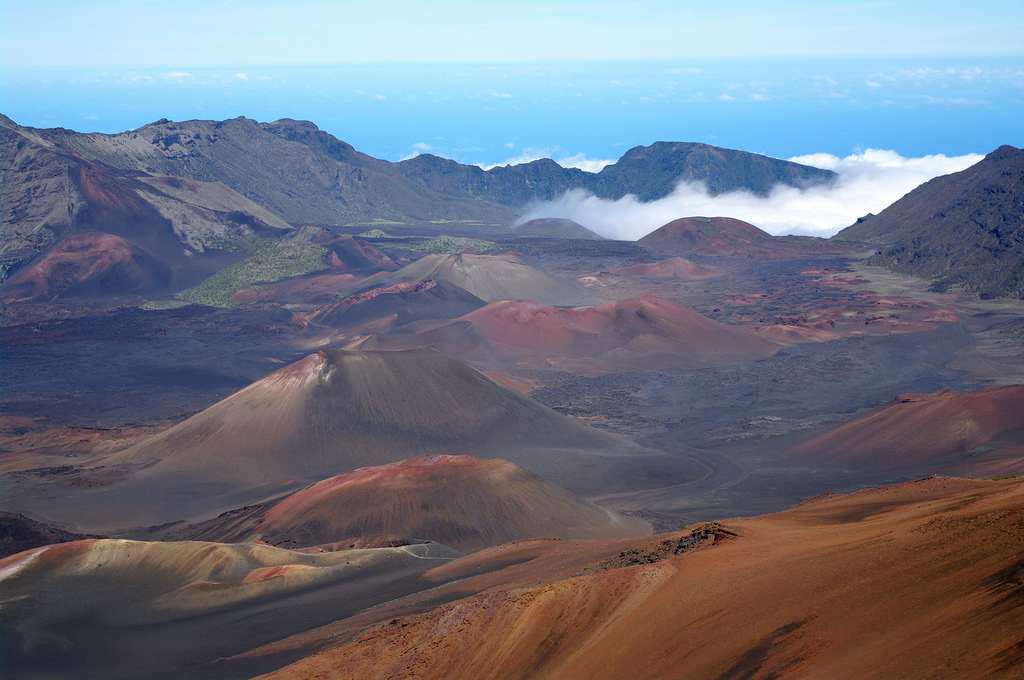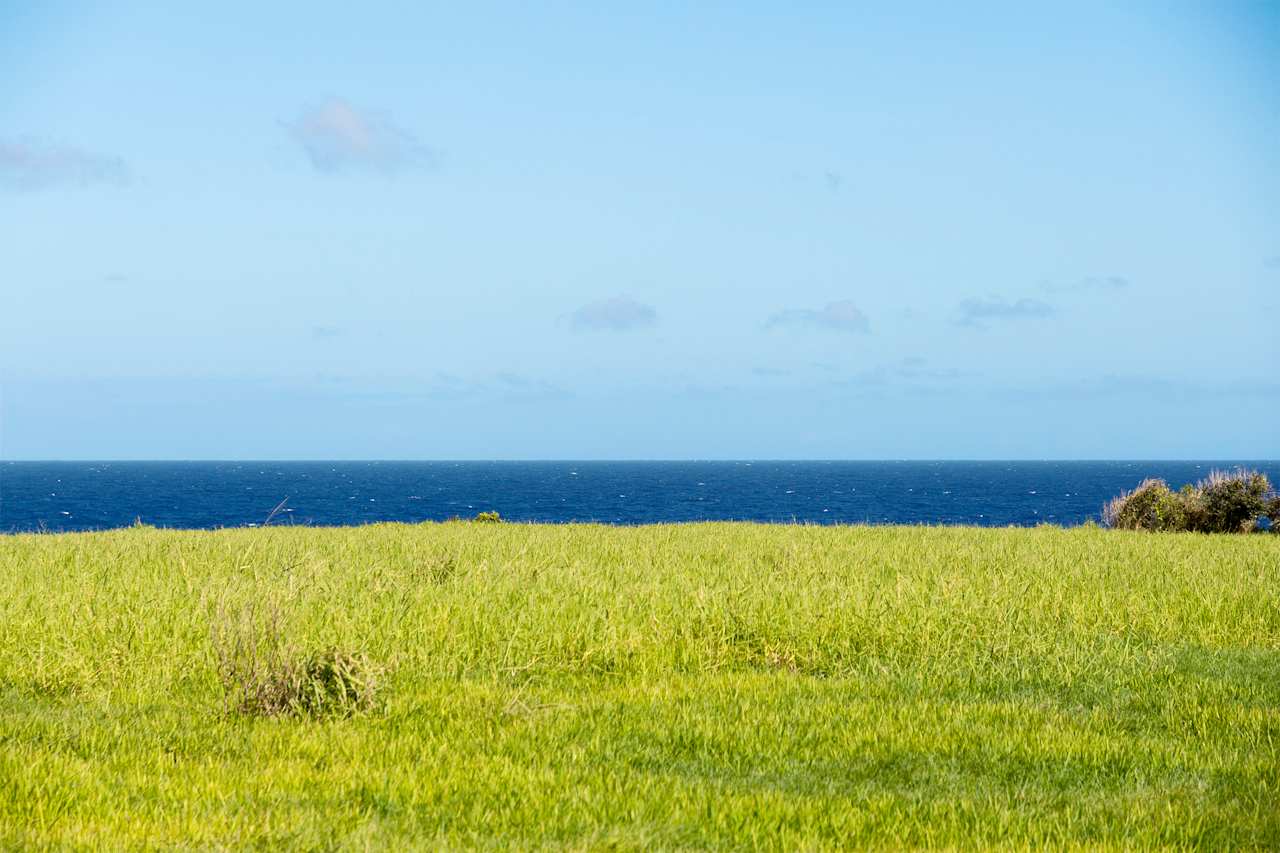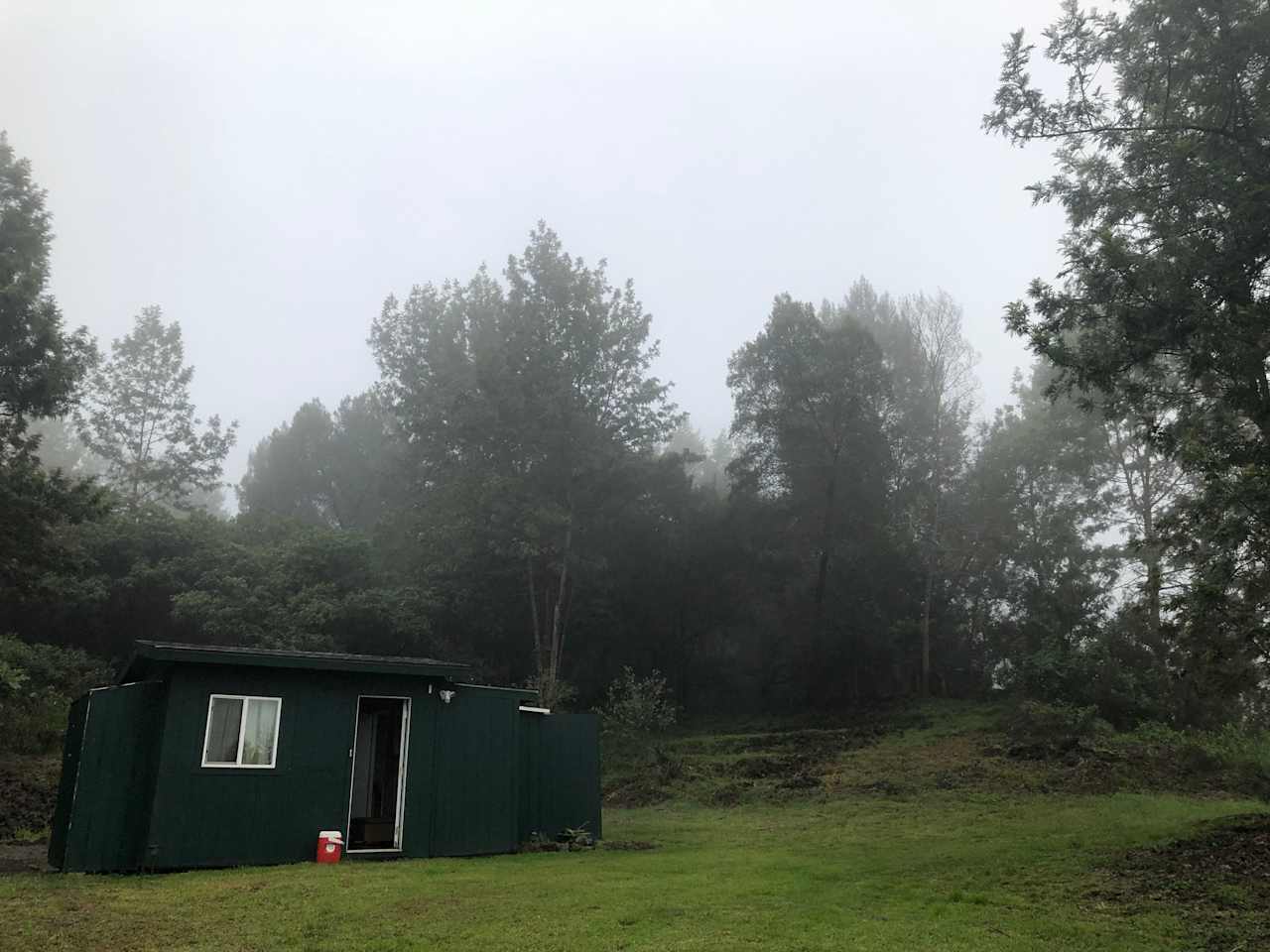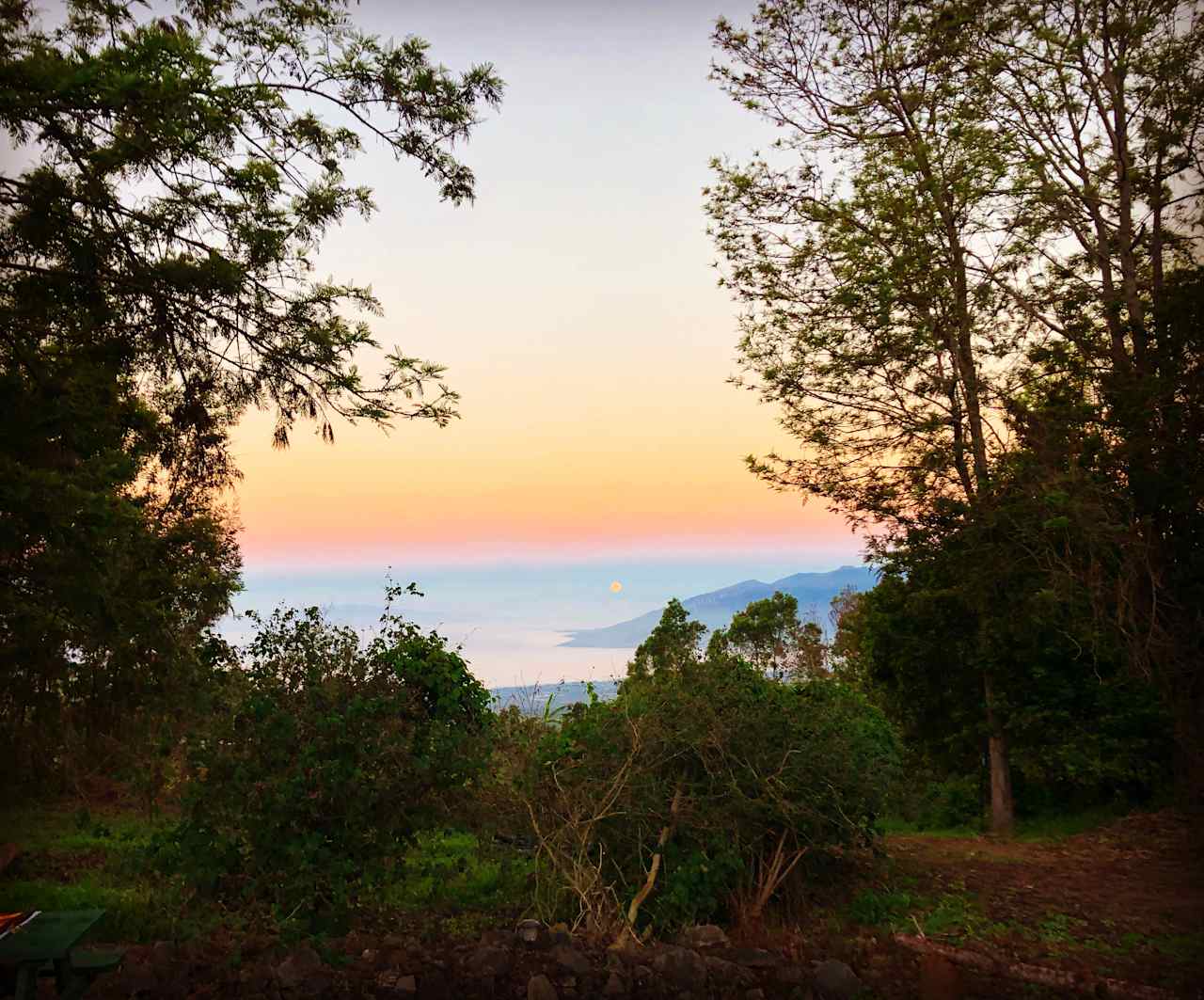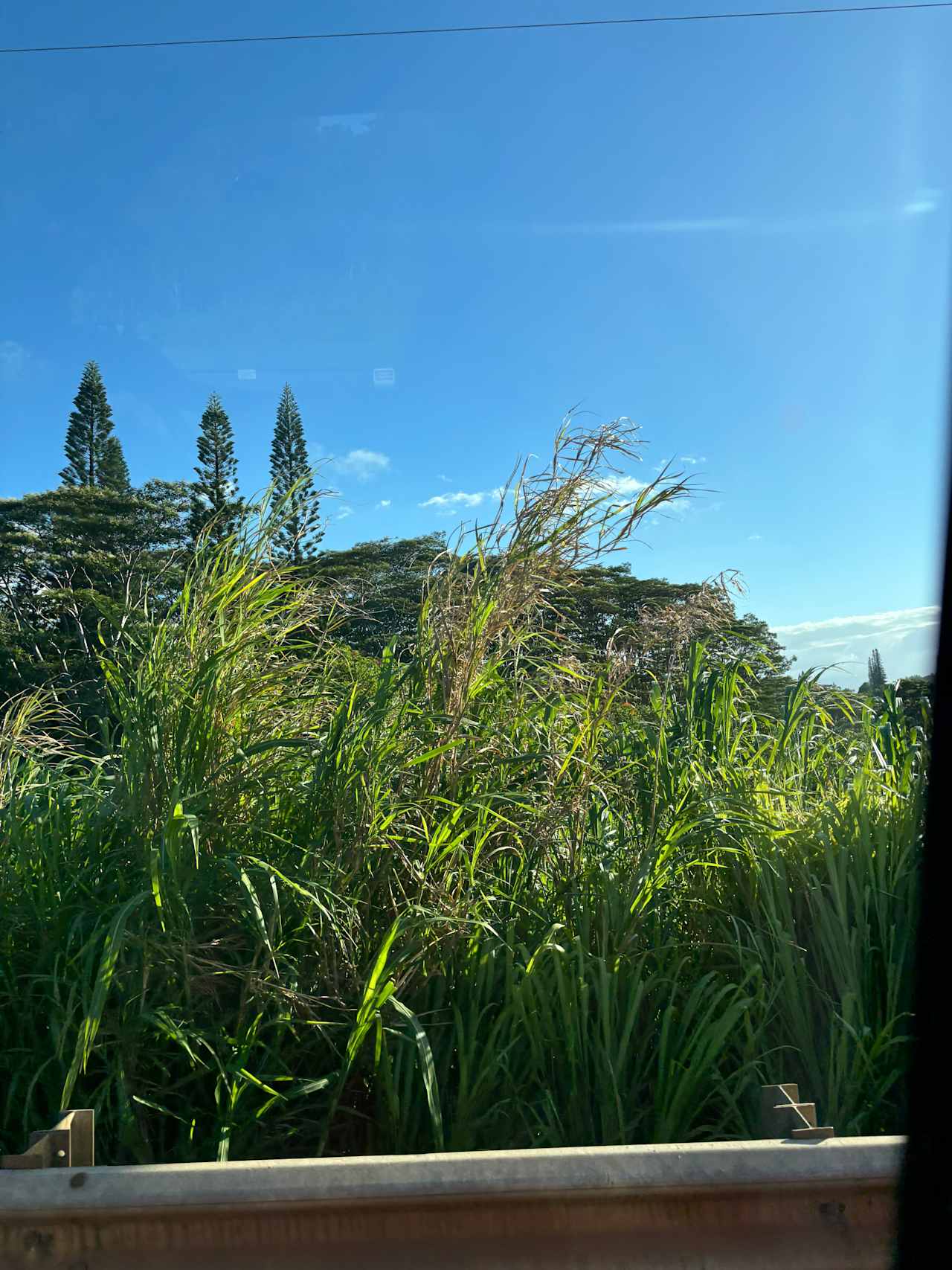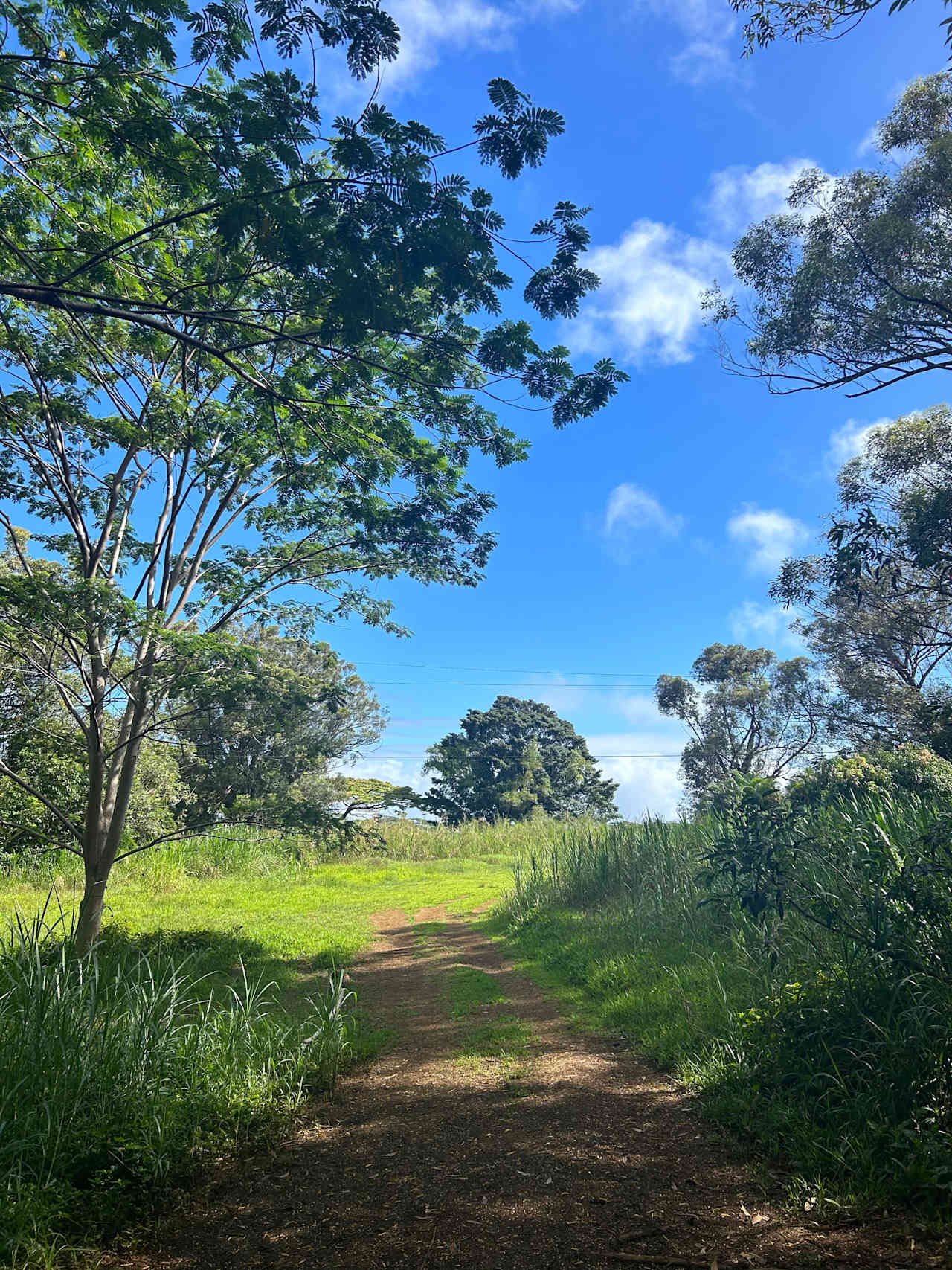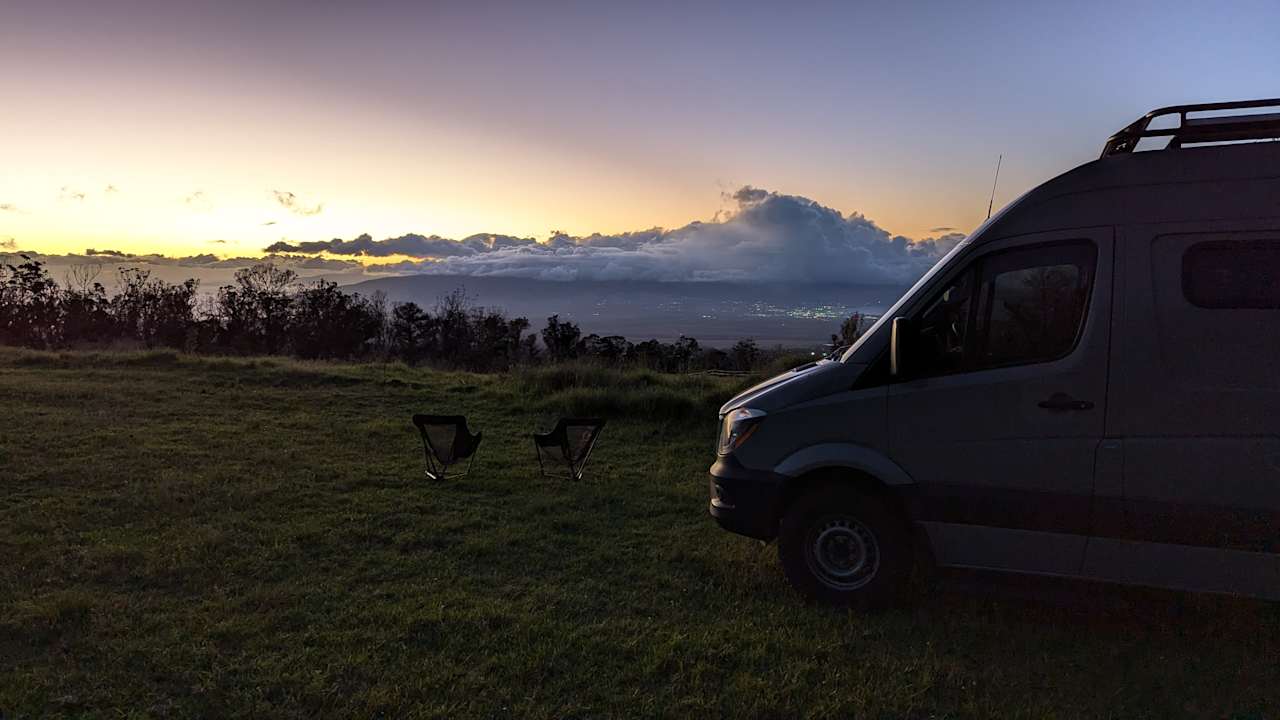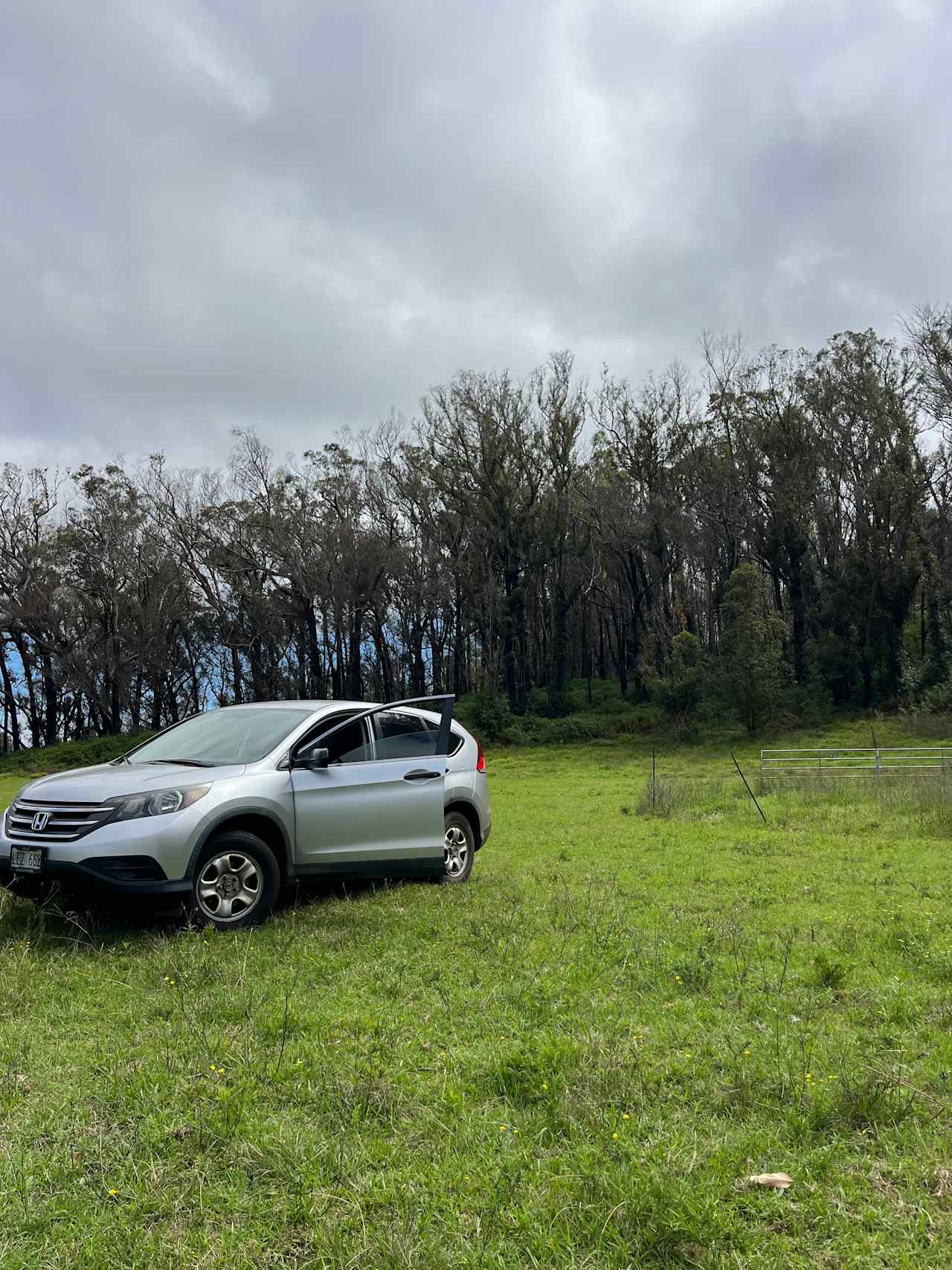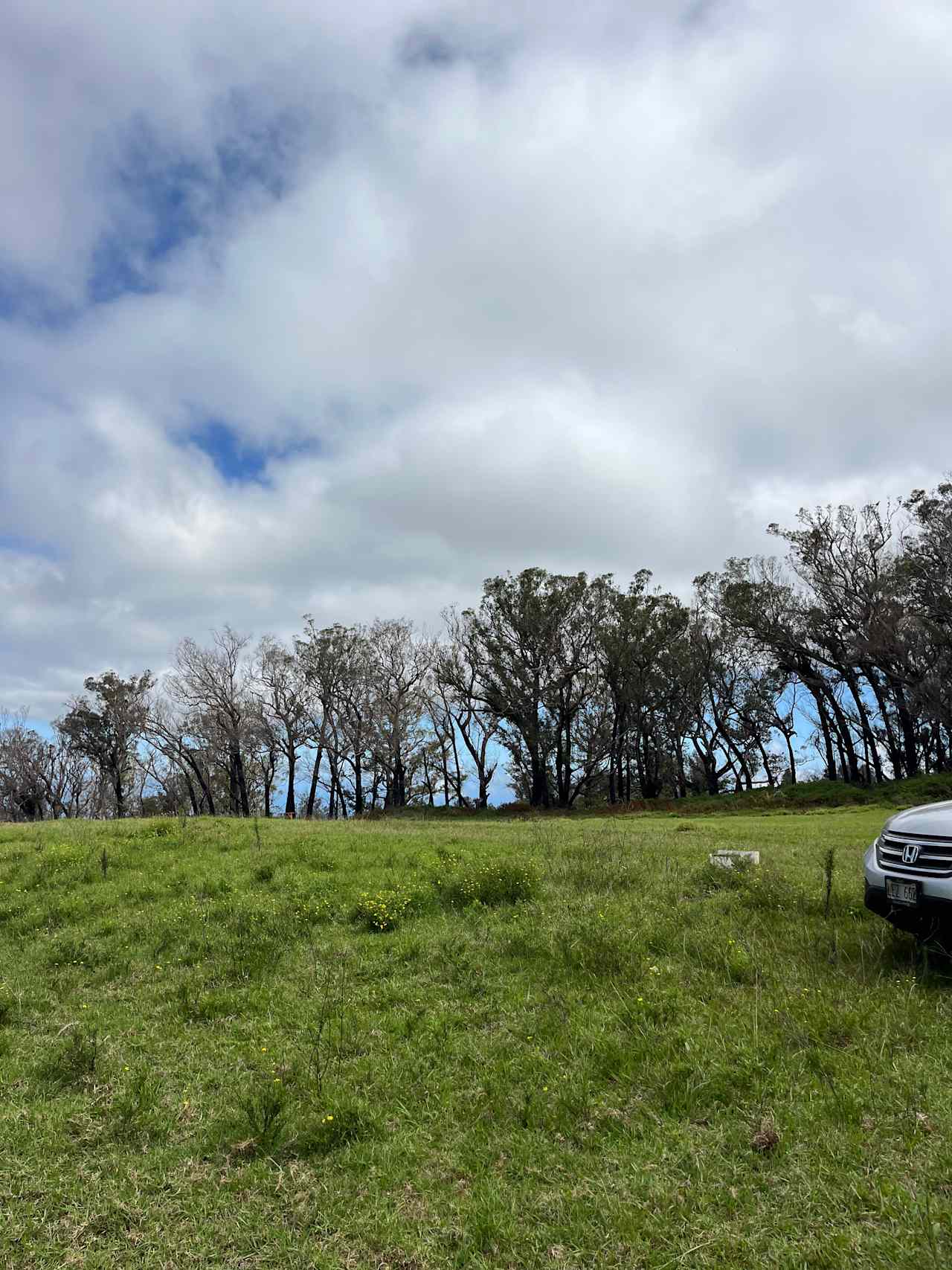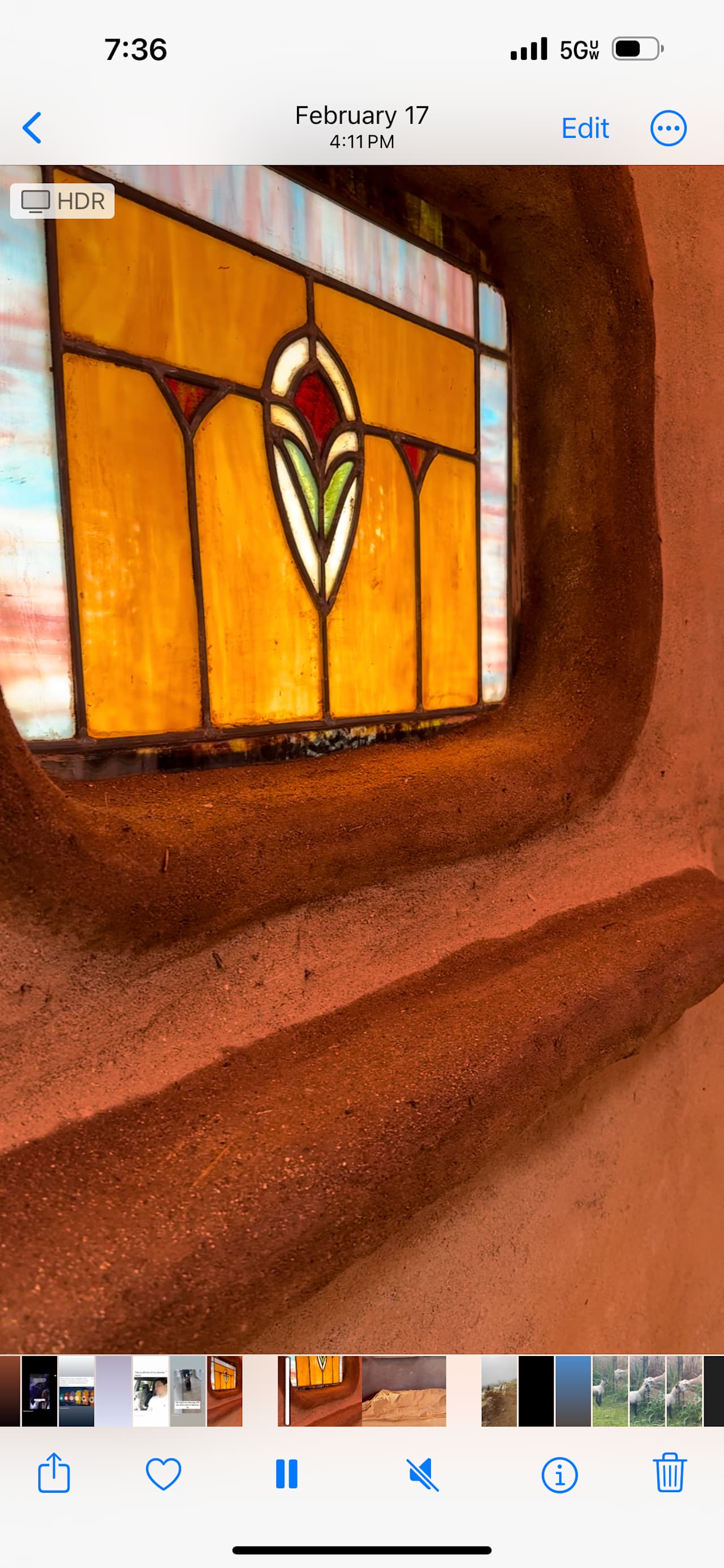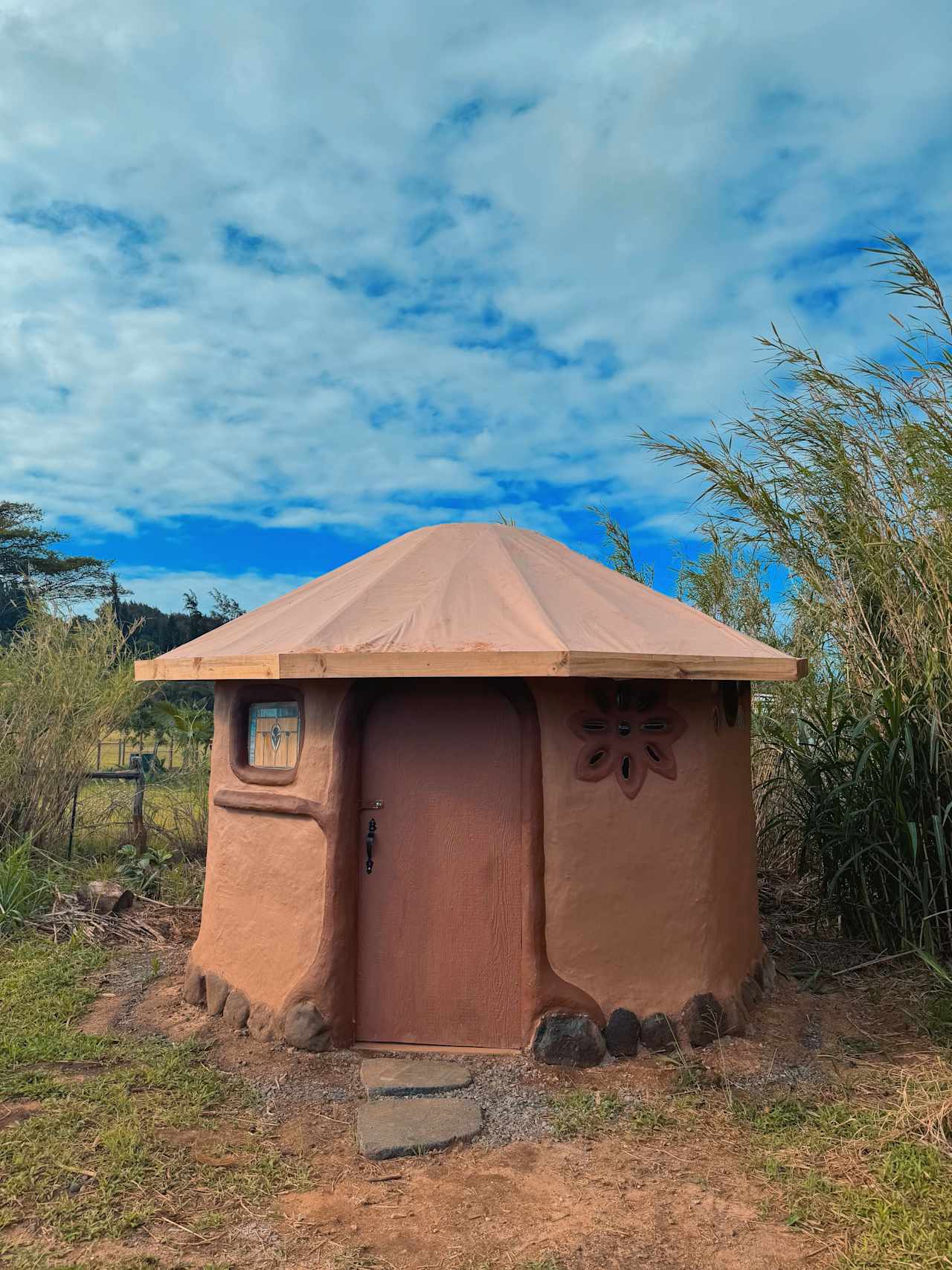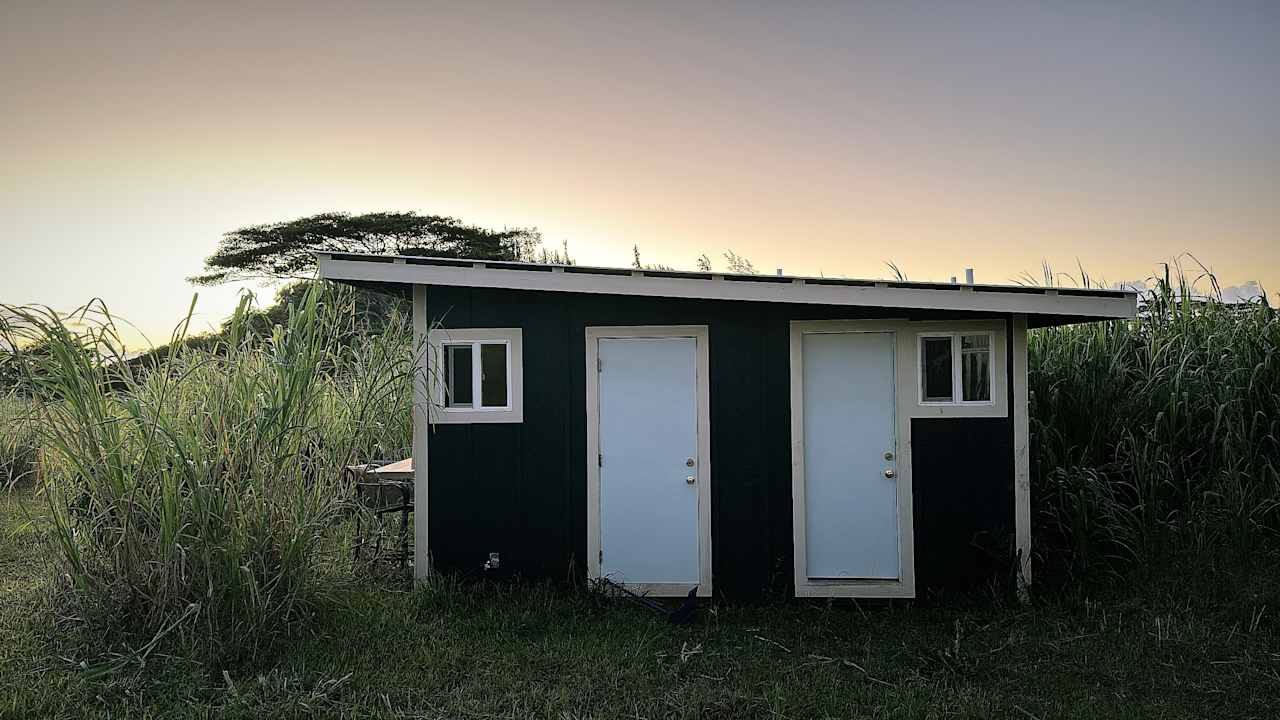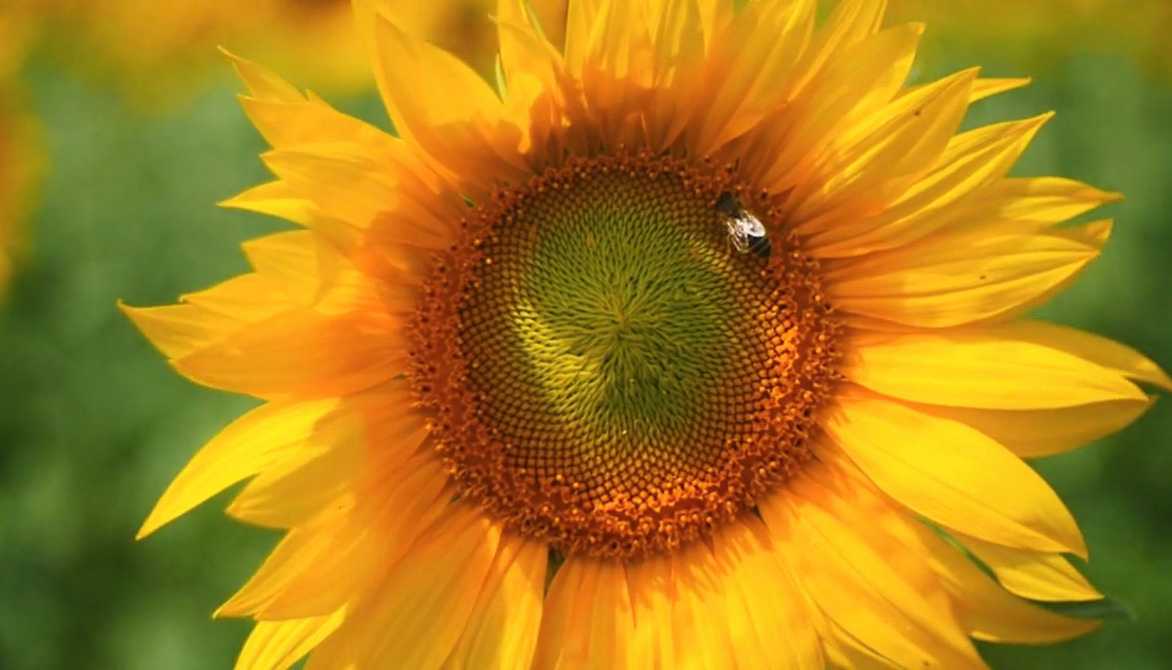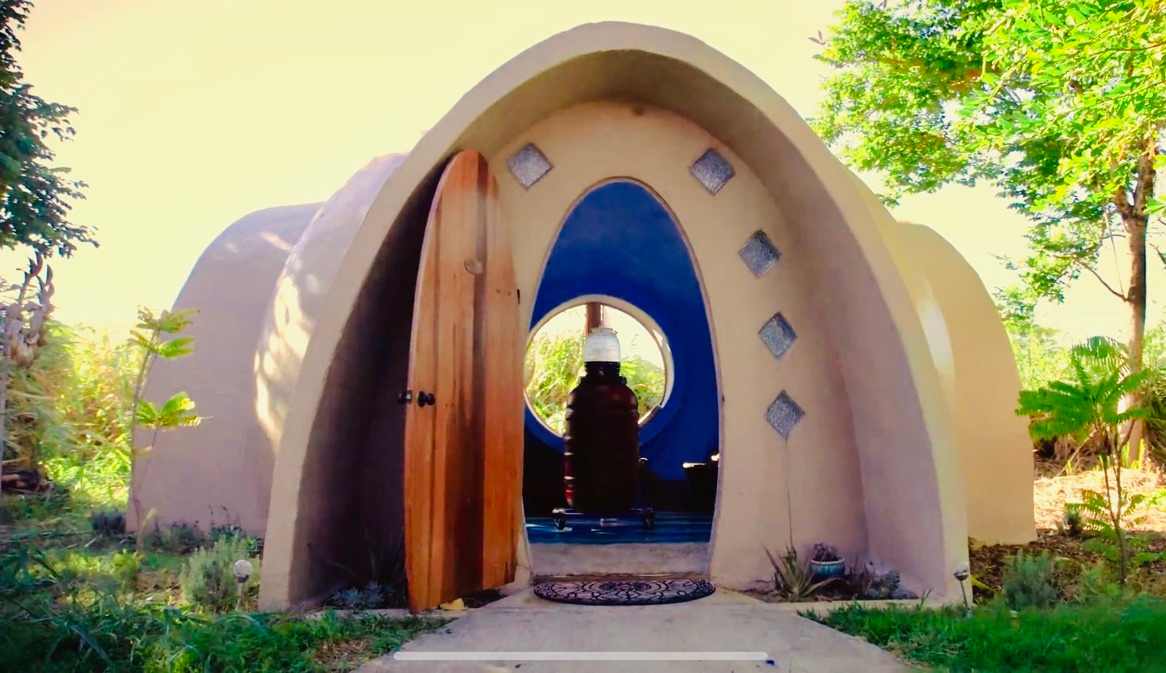The best camping near Haleakalā National Park
Discover the most magical spots to pitch your tent or park your rig on your next Haleakalā National Park adventure.
From the sea to a volcano summit, Haleakalā preserves spectacular Hawaiian wilderness.
Popular ways to camp
Community favorites near Haleakalā National Park
Top-rated campgrounds reviewed by the Hipcamp community.
Public campgrounds in the parkBook externally
Stay at a public campground in Haleakalā National Park
Top-rated campgrounds near Haleakalā National Park
The best camping near Haleakalā National Park guide
Overview
About
Haleakalā National Park spans over 30,000 acres of Maui’s highest point—the 10,023-foot Haleakalā volcano—from peak to sea. The park’s summit district offers incredible sunrises, sunsets, and stargazing, as campers and visitors can embark on a hike through the dormant Haleakalā Crater, a nearly seven-mile-long, two-mile-wide, and 2,600-foot-deep cinder-sloped landscape. An International Biosphere Reserve, Haleakalā is home to a protected rainforest, accessed in the park’s Kῑpahulu coastal district and near Waimoku Falls. The park also houses 300 endemic plant species found nowhere else on earth outside of the Hawaiian islands, such as ʻŌhiʻa and Koa trees and the Haleakalā silversword. The park’s endemic birds include the ‘I‘iwi honeycreeper, the Nēnē goose, and the ‘Ua'u petrel.
Notable campgrounds
- Best for mountain camping: Hosmer Grove Campground in the summit district lies at nearly 7,000 feet in elevation.
- Best for ocean camping: Kīpahulu Campground has views of ocean cliffs.
- Best for adventure camping: The Hōlua, Kapalaoa, and Palikū cabins let you backpack through the park’s Wilderness Area sans tent.
Tips for snagging a campsite
- Reservations for the park’s drive-up Hosmer Grove and Kῑpahulu campgrounds are available on a rolling 30-day basis.
- Reservations can be made online or by calling (877) 444-6777.
- Reservations for the park’s wilderness cabins and wilderness tent camping sites can be made 6 months in advance online or by phone.
When to go
Haleakalā is accessible year-round. There are generally two seasons in Hawai‘i—the dry summer season and the wet rainy season—but the geologic extremes of Haleakalā mean that visitors may encounter heat, cold, rain, and intense sun exposure on any given day. Make sure to bring a waterproof layer and sun protection in all seasons. The Haleakalā summit can even see winter snow, and the incredible sunrise hikes are popular but cold.
Know before you go
- Haleakalā is a sacred place to native Hawaiians, and Hawaiian cultural traditions are practiced at the summit. Visitors must leave no trace and avoid being loud and disruptive when visiting out of respect to Hawaiian culture, the wildlife, and the park.
- There are no food or drink vendors in the park, so bring all of your own meals and snacks. There are also no gas stations, so fill up beforehand.
- Haleakalā requires sunrise permits to access the Summit District between 3am and 7am. A portion of the permits are released 60 days in advance, and the remainder are released 48 hours in advance at 7am HST. No reservations are needed for sunset visits, but arrive early, as the parking lot often fills up.
- Haleakalā National Park



